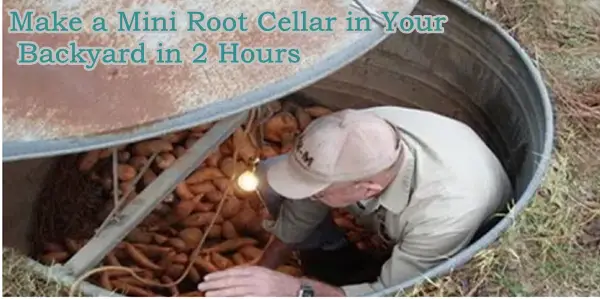See how to make a mini root cellar in your backyard in 2 hours.
For those who haven’t heard of or seen a root cellar before, it is actually a type of structure built partially underground or underground. This is used for storing fruits, vegetables, and other types of food.


